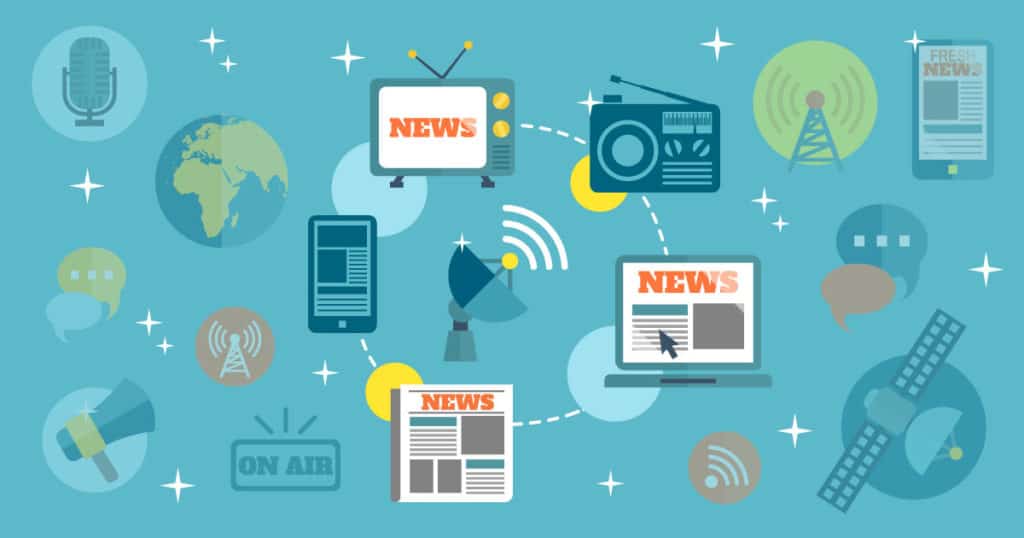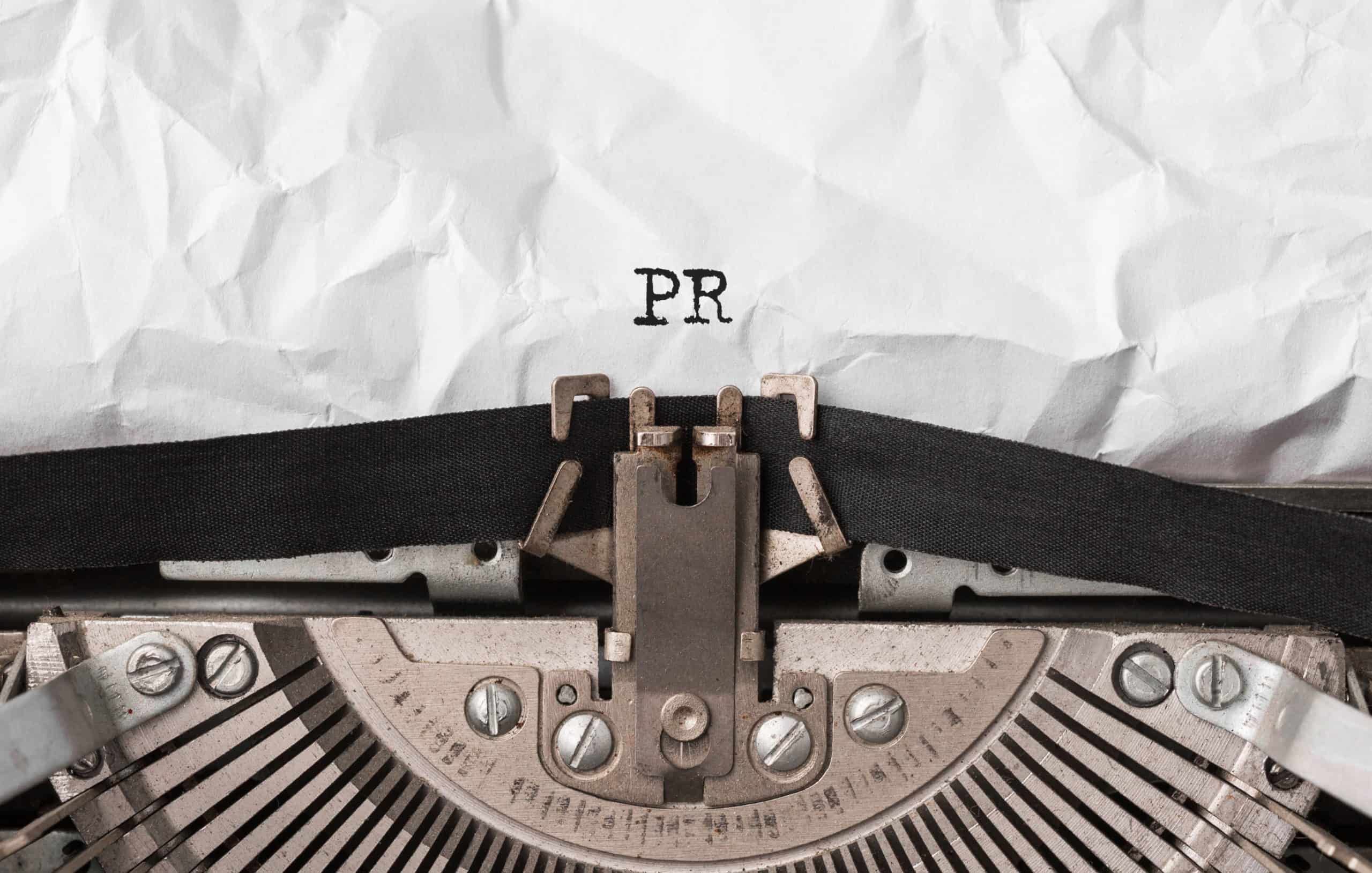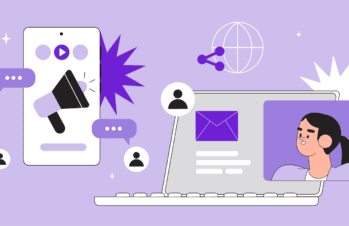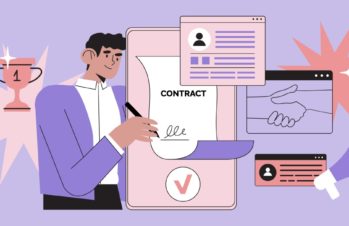There’s nothing like basking in the glow of an adoring public.
That’s how it feels when you’ve just wrapped up a successful PR campaign for your B2B brand. The podcast interviews are airing, the press mentions are rolling in, and you’re seeing traffic to your website slowly increase.
After a couple of weeks, though, that additional traffic starts to die down. The article you were mentioned in isn’t on the publication’s front page anymore, and now some other brand is in the spotlight. It’s hard not to wonder whether the time, effort, and money you put into that PR campaign was even worth it.
So how do you keep the momentum going after a B2B PR campaign? How do you not only get the coverage you were hoping for, but make sure that coverage is continuing to earn you new customers, new sales, and even more PR attention?
The key is to amplify your coverage. Here’s how.
First, share your coverage everywhere
For most PR agencies, once coverage has been secured and gone live, the campaign is complete, and their work is done.
But really, you’re just moving into a different stage of your PR campaign. That’s the amplification stage, where you take the coverage you’ve earned and turn it into more attention, more traffic, a better reputation, and ultimately, more sales.

The first step in this stage is to share your coverage everywhere you can: on your social platforms, on your website, and in any publications that your leadership writes for regularly.
It’s good practice to share a link to that coverage as soon as it drops, so you can increase the attention it receives on those social platforms. Chances are the blogger, publication, or journalist is sharing it on their social platforms as well. By focusing more attention on the link through your own audience, you can let the social algorithm know that people are interested in your content.
Any time you post a link to coverage, make sure you tag and thank the writer or host—whoever created the content. It’s important to show your appreciation, and it’s a simple thing that will help nurture a long-term relationship.
If your brand’s leadership is interviewed, or you’re the subject of a longer feature, you can likely get several social posts out of a single piece of press. Here are a few ideas:
- Pull out different quotes, and build social posts around them to post over a few days or weeks, each with a link back to the piece.
- Post the image and headline on Instagram or other photo-sharing sites.
- If audio is available, cut a few snippets and share them in different posts.
- Summarize the article and ask followers to comment with their thoughts or questions.
Repurpose the coverage
Repurposing content is critical for any brand hoping to stand out among the thousands of brands vying for readers’ attention online.
Related Reading: 10 Ways to Repurpose Your Content for Maximum Output
While we often think of owned media—a brand’s blog posts, or bylined articles, or website copy—when it comes to repurposing, earned media can be repurposed as well.
Do note that repurposing doesn’t mean simply reusing. It means taking what you have, and choosing a different angle, format, or mode of sharing in order to create something new.
Here are a few ways to do that.
- Use the press coverage as a jumping-off point for a blog post. For example, if you had a quote about upcoming trends in B2B tech in an industry journal article, you could write a blog post expanding on that topic, while including your quote and linking back to the article.
- Turn audio from a podcast interview, virtual conference, or other event and post it on your site (linking back to the event host or creator).
- Create a series of social posts exploring the topics or questions that were brought up in a piece of press coverage.
- Use clips from a video appearance or interview to create social paid ads, embed in blog posts, or post on YouTube.
Continue the conversation
As you’re amplifying and repurposing the coverage you’ve already received, it’s important to be thinking about ways to continue the conversation as well.
That means keeping the lines of communication open with the journalist, writer, host, or creator responsible for the coverage. Follow them on their social platforms, engage with their content, and share anything they create that’s relevant with your own audiences. After all, if they wrote about your brand and industry, they likely have other work that your audience would be interested in.
It also means finding new ways to keep your audience interested in that coverage.
So if you’re discussing something like zero-party data, which is a very hot topic given the online privacy changes that are already rolling out, you could use your position as an authority on the topic to host a Clubhouse panel on what brands need to know about zero-party data. Or you could interview another industry leader for a blog post or video.
Remember, too, that when you start speaking on a particular topic in the media, it becomes much easier to get other people to listen. As you comment on something more and more, you may find that you want to develop a full presentation for keynotes or to share in an online course or SlideShare.
By building on the coverage you have and finding ways to work it into new content, you’ll build your own reputation in the industry and make it easier for your brand to get further media coverage.
Include prominent coverage in your email signature and on your website
One final tip: make sure you’re including any prominent press coverage in your email signature and putting it front and center on your website. This extends the life of the coverage by encouraging clicks even after it’s “old news.”
In your email signature, that could be a line after your title and company saying “Find us in the WSJ” or “Read our feature in Wired magazine.”
You could also include a few different pieces by adding “As seen in X outlet, Y outlet, and Z outlet.”
On your website, it’s good practice to place the logos of outlets you’ve been featured in on your homepage. Not only does that reduce the amount of text you’re asking readers to get through—always a good thing!— but it also visually ties your brand to the media outlets that have featured you. Building those associations can be helpful in boosting your own reputation and authority in your industry.
Here’s an example from Zen’s homepage:
Keeping up your momentum after a PR campaign is critical if you want to get the maximum ROI out of it. By employing these tactics after each and every significant press mention, you’ll find that you’re building your audience sustainably, long-term. And that’s where you really see B2B PR pay off.
We can not only help get the ball rolling, but we’ll also keep it rolling. Contact us to chat!







